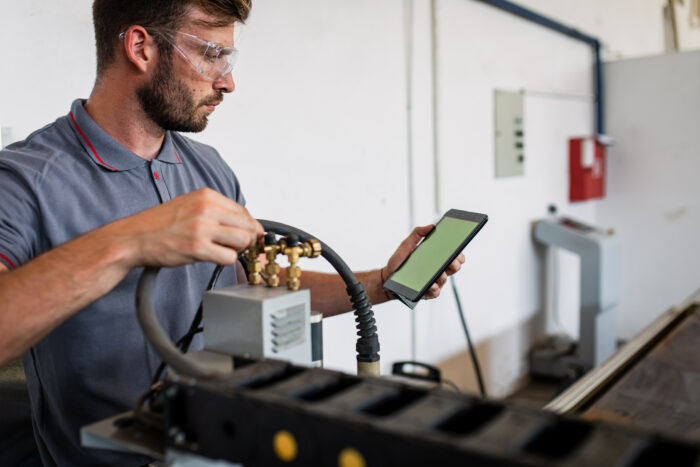
Each day, industries throughout the world are negatively impacted by the ramifications of unexpected downtime — and pharma companies are no exception. These stoppages can be exacerbated further by increases in consumer demands, material shortages and supply chain disruptions.
The best way to avoid the profit loss that these challenges present is to ensure overall equipment effectiveness through predictive maintenance using real-time data.
Seeing as no two operations are the same, there is no uniform solution to creating a maintenance schedule. That is why collecting data is a good first step regardless of the industry.
Start by taking inventory of assets like OEM recommendations, equipment manuals previous maintenance logs, parts inventory, staff expertise, schedules, and budget. The more information you have increases the likelihood of arriving at an informed decision regarding maintenance.
Having gathered all the necessary resources, creating a plan is the next step. In most instances, the people making these decisions work at the shop level as they will be impacted most directly by maintenance and likely have the greatest familiarity with the equipment. Ultimately, their conclusions regarding the maintenance approach will hinge on factors like staff availability, deadlines, and workload. Once a maintenance plan is established, it is crucial that subsequent inspections are precise.
On the broadest level, thorough equipment inspections primarily help detect issues before they escalate. Monitoring the data gathered during these inspections provides valuable insight regarding how often certain parts need to be replaced. If an operation is aware that certain scenarios can cause damage to a specific piece of equipment, then maintenance can be made quickly in real-time rather than relying on a set schedule that may cause conflicts.
The personnel that operate the equipment also benefit from in-depth inspections. Specifically, these checks help these individuals gain a better understanding of how to avoid injuring themselves or damaging the machinery during future uses.
By executing detailed inspections, operations can expect extended machine life, reduced maintenance costs, and improved output quality. Regular checks are fundamental to maintaining equipment health but implementing automation and software can help regulate adjustments as they are needed.
Detailed inspections lay the groundwork for how maintenance should be performed, and automation helps keep everything on track. Using system data that has been gathered over time, programs can notice irregularities in equipment behavior as they occur. This allows for a response before the issue affects the operation of the equipment.
In addition to complementing inspections, automation is a key component to predictive maintenance as well. For example, an operation that uses a centrifuge must ensure that the machine is regularly greased. Through the application of a run-time program, alerts can be sent to workers to lubricate the centrifuge when necessary.
Software plays a role in adapting equipment to changing environments. For example, if a conveyor that maxes out at a speed of 65 feet per minute is forced to convey payloads at or close to that maximum threshold, it will break down much quicker than normal. By measuring the throughput of a conveyor based on how fast it needs to run, software can regulate the device to match the speed of the equipment to which it is connected.
The faster a conveyor runs the more the conveyor will wear and the faster it will break down and the more maintenance will be required. By measuring the rate that material is being introduced to the conveyor, software can be used to adjust the speed of the conveyor reducing wear and extending the life of the conveyor.
By implementing data-driven maintenance, pinpoint inspections, and automation and software, organizations stand a better chance of avoiding disruptions. With experts forecasting 2022 to mirror 2021 in terms of supply chain issues, predictive maintenance is a practice worth adopting for many years to come.

Mike Proos is the Director of PRAB Engineering and has more than two decades of industry experience.